Understanding PPR Fittings
Introduction to PPR Fittings
PPR fittings, or Polypropylene Random Copolymer fittings, are essential components in modern plumbing systems. These fittings, made from a durable and flexible type of plastic, are widely used due to their resistance to heat, pressure, and chemical corrosion.
Key Features of PPR Fittings
PPR fittings are known for their longevity, lightweight nature, and excellent thermal and acoustic insulation properties. These features make them an ideal choice for both residential and industrial plumbing applications, ensuring reliable and efficient fluid transport.
Advantages of PPR Fittings
The benefits of PPR fittings include their ease of installation, eco-friendliness, and robust performance. They are designed to form leak-proof connections that enhance the reliability and durability of plumbing systems. Additionally, their recyclability and low carbon footprint contribute to sustainable building practices.
Installing PPR Fittings: Methods and Steps
Heat Fusion Welding
Overview of Heat Fusion Welding
Heat fusion welding is the most common method for installing PPR fittings. This technique involves heating both the pipe and the fitting until they become molten, then pressing them together to create a seamless, leak-proof joint.
Tools Required for Heat Fusion Welding
To perform heat fusion welding, you will need a heat fusion tool, pipe cutter, and alignment tools. These tools ensure that the pipe and fitting are properly prepared and aligned before welding.
Step-by-Step Process
- Cutting and Preparing the Pipe: Begin by cutting the PPR pipe to the desired length using a pipe cutter. Ensure the ends are smooth and clean to facilitate a proper weld.
- Heating the Components: Use the heat fusion tool to evenly heat the ends of the pipe and the fitting. The temperature should be carefully controlled to avoid overheating.
- Joining the Pipe and Fitting: Once the ends are molten, quickly press them together and hold them in place until they cool and solidify. This forms a strong, seamless joint.
- Cooling and Inspection: Allow the joint to cool completely before inspecting it for any defects. A well-formed joint should be uniform and free of gaps or misalignments.
Electrofusion
Introduction to Electrofusion
Electrofusion is another reliable method for installing PPR fittings. This technique uses special electrofusion fittings that contain embedded heating elements, which are activated by an electrical current to weld the pipe and fitting together.
Tools Required for Electrofusion
The primary tools required for electrofusion include an electrofusion machine, pipe cutter, and alignment tools. These tools help ensure precise and effective installation.
Step-by-Step Process
- Preparing the Pipe and Fitting: Cut the pipe to the desired length and clean the ends thoroughly. Ensure the electrofusion fitting is the correct size for the pipe.
- Aligning the Components: Place the pipe and fitting in the correct alignment. Use alignment tools to maintain proper positioning during the welding process.
- Activating the Electrofusion Fitting: Connect the electrofusion fitting to the electrofusion machine and initiate the welding process. The embedded heating elements will melt the pipe and fitting together.
- Cooling and Inspection: After welding, allow the joint to cool completely. Inspect the joint for any signs of defects or misalignment to ensure a secure and durable connection.
Mechanical Connections
Overview of Mechanical Connections
Mechanical connections, though less common, offer an alternative method for installing PPR fittings. These connections use threaded, compression, or clamp fittings to join PPR pipes without welding.
Tools Required for Mechanical Connections
For mechanical connections, you will need a pipe cutter, wrenches, and appropriate fittings. These tools enable you to securely connect the pipes without the need for heat or electricity.
Step-by-Step Process
- Cutting and Preparing the Pipe: Use a pipe cutter to cut the pipe to the desired length. Ensure the ends are clean and smooth for a proper connection.
- Choosing the Right Fittings: Select the appropriate mechanical fitting for your application. Threaded fittings, compression fittings, and clamp fittings each have specific uses and benefits.
- Connecting the Components: Follow the manufacturer’s instructions to connect the pipe and fitting. Tighten the fittings securely using wrenches or other tools to ensure a leak-proof joint.
- Inspection and Testing: After connecting the components, inspect the joint for any leaks or misalignment. Test the system under pressure to confirm the integrity of the connection.
Conclusion:
Summary of Installation Methods
In conclusion, installing PPR fittings involves several methods, each with its own advantages. Heat fusion welding is the most common and reliable method, providing strong, seamless joints. Electrofusion offers precision and flexibility in challenging conditions, while mechanical connections provide an easy and disassemble option for specific applications.
Best Practices for Installation
To ensure successful installation, follow best practices such as using the correct tools, carefully preparing the pipe and fittings, and thoroughly inspecting joints for any defects. Proper training and adherence to manufacturer guidelines are essential for achieving durable and leak-proof connections.
Final Thoughts
Choosing the right installation method for PPR fittings is crucial for the efficiency and longevity of your plumbing system. By understanding the different methods and their respective benefits, you can make informed decisions that enhance the performance and reliability of your installations. Embrace the versatility and strength of PPR fittings to build robust and sustainable plumbing systems.
IFAN is a Chinese manufacturer of plastic pipes, fittings and valves with 30 years of experience. If you are interested in IFAN copper fittings, copper valves, plastic pipes and fittings, please contact us. IFAN offers you a variety of standard pipes to meet your specific needs. Click below to learn more about IFAN’s wide range of affordable and cost-effective valve products and piping system related products.
We will reply your email or fax within 24 hours.
You can call us at any time if there is any question on our production.
For more information,pls visit our webside https://pipefittingpro.com/
Pls Mailto: [email protected]
Whatsapp: + 86 19857948982


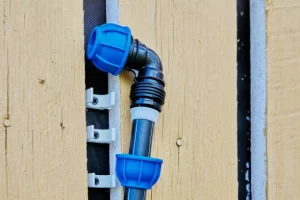
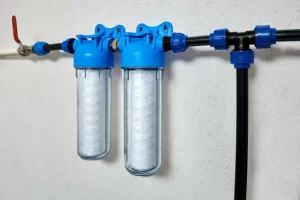
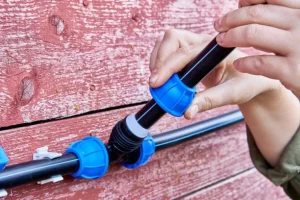
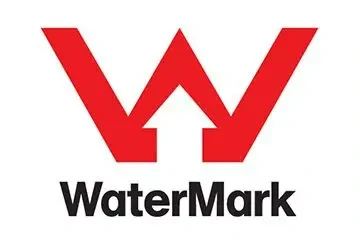

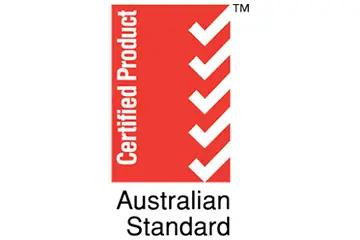
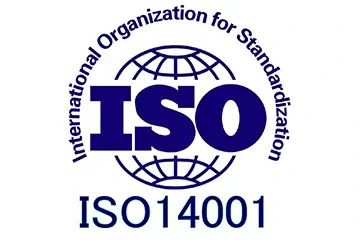

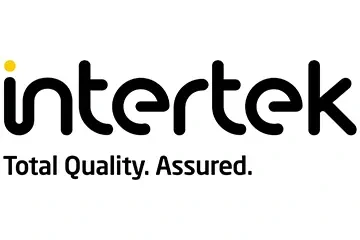


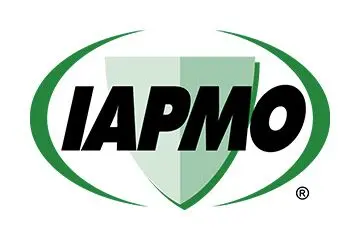
Recent Comments